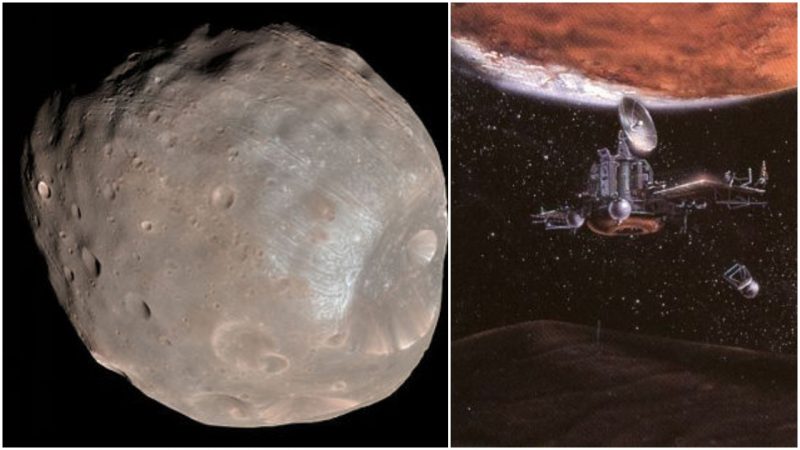Races were not uncommon during the Cold War. With the Soviet Union and the United States squaring off against one another, worried about an all-out war breaking out, both governments pushed for technological accomplishment. There was a race for nuclear superiority, a race for technological supremacy and most famously, the Space Race.
Both sides pushed to be the first to get satellites out and later, to have manned flights to space. The ultimate victory in this race would be when the United States was the first country to have a man walk on the moon.
While space travel might seem unnecessary, especially in light of nuclear war, it’s important to know that these expenditures led to tremendous technological development. Rocketry advances would lead to improved land-based missile functions, making the Space Race more than just chest puffing between two nations. Indeed, it was a matter of national security.

By the late 70s, the Space Race had slowed down, with America clearly in the lead. The Soviets, having achieved tremendous early success with Yuri Gagarin being the first man in space, were unable to achieve getting one of their own to the moon and would eventually abandon their attempts. Yet, even without the fierce competition, the Soviet Union still worked to develop their space program.
Before the fall of the Berlin Wall and the dismantling of the Soviet Union, there was one disastrous attempt to send a satellite into orbit around the moons of Mars: Phobos and Deimos. The year was 1988 and the Phobos Program was implemented so that the Soviets would be able to study Mars, Phobos and Deimos. The plan was to launch their first satellite, Phobos 1, to achieve an elliptical orbit around Mars.
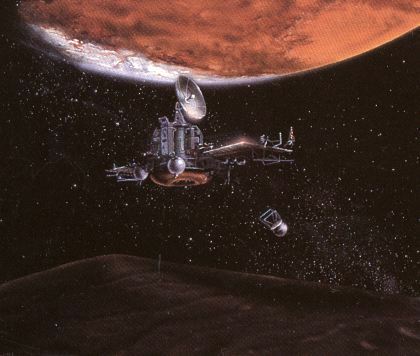
The satellite itself was quite impressive. Designed to operate in three separate phases of its flight, Phobos 1 was extremely heavy. In fact, at the time, it was heavier than any other vehicle that had been launched into space.
Little was known about Mars in terms of scientific data. With Phobos 1 launched, there was great hope of being able to extract plenty of information that would increase the Soviet’s knowledge about Mars, but an unfortunate and entirely avoidable accident caused the early demise of Phobos 1’s mission.
NASA Apollo moon landings conspiracies
Commands were sent from the ground to the satellite, in order to give it various orders such as adjusting trajectory or releasing its hopper. These commands were required to be proofread in order to ensure that there were no errors in the code.
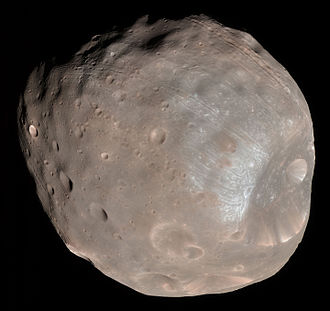
The smallest error in the code could cause problems for the satellite and since it was traveling far, far from earth, there would be no way to manually fix the problem. Normally, extra care was employed when it came to checking codes for errors. Yet, in the case of Phobos 1, impatience cost the Soviets the entire mission.
On September 2, 1988, a technician finished working on the key-command with a single error on it – a missing hyphen. Normally, the technicians were required to place the commands into a computer which would check for errors, but the computer was down for maintenance. Instead of waiting for the computer to get back up and running, the technician decided that the code was fine and transmitted the key command to Phobos 1.
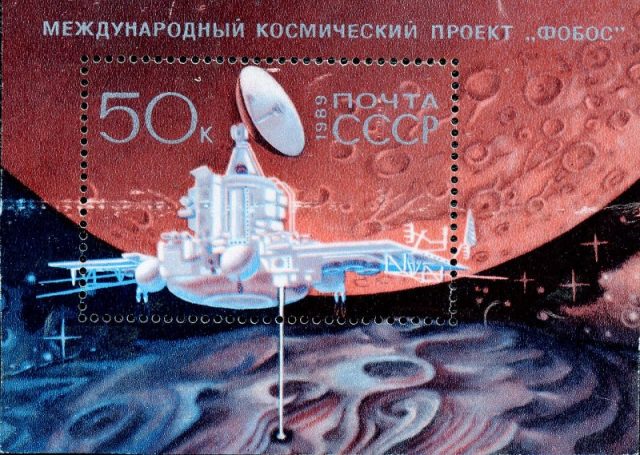
The faulty code caused Phobos 1 to believe that its mission was over. The satellite then shut down all of its systems, leaving the satellite useless and without function. A single mistake in a line of code singlehandedly disrupted the Phobos mission, leading to a crisis back on Earth within the Phobos Program.
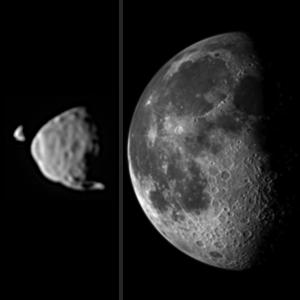
The Soviets, not known for their human rights record, wanted to investigate the mistake and find the person who was responsible for such an egregious failure. However, the Phobos Program was still running and the Phobos 2 mission was still in operation. There was fear that punishing the failed Phobos 1 team would lead to a decrease in performance and morale in the Phobos 2 team. So, the investigation was delayed until after Phobos 2 was completed. Eventually, the ground control leader was released from his duties, but no further punishments were meted out.
Read another story from us: Mad conspiracy theories that turned out to be true
Phobos 2 was nominally more successful than Phobos 1, at least reaching its destination before an onboard computer system failed, losing contact with the Soviets. The space race would definitely end with the dissolution of the Soviet Union, when Russia would take over the space program and begin cooperation with the United States, leading to even more progress on the space front.
Andrew Pourciaux is a novelist hailing from sunny Sarasota, Florida, where he spends the majority of his time writing and podcasting.
